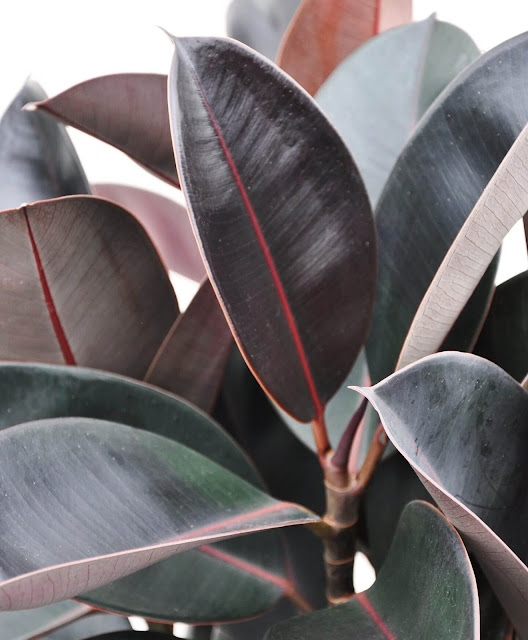The Rubber Tree as Indoor Plant
Here we are again, still trying to cope up with CoViD-19 Pandemic, and it is really driving many of us crazy!!! We need to find a way to make use of our time productively as lot of us nowadays have plenty of time to burn.
One way to do this as we have discussed on a previous post, is make ourselves a self proclaimed Backyard Gardener. Its not as hard as you think to become one, and being a plant lover provides a lot of benefits as an individual.
We have planted Coleus or Mayana, we don't have to collect all 43 varieties of them but well, it's always up to you to take the challenge, either way, this is a very enjoyable task to venture ;-)
So much for that, let's start with what we should be discussing on the first place here, let's talk about The Rubber Tree.
 |
| Variegated Rubber Plant |
So, to cut to the chase, I am trying to find something I can plant indoors, and varieties of these are overwhelming.
Let's just focus ourselves on planting a Rubber Tree, those leaves are great and I think it will compliment everything inside the house just fine. These large trees can grow up to 50 feet (15 m.) tall. Imagine that!
One website said that Rubber Tree is one of the Best tree to plant indoors, so, what the heck, let's get it on, I'll probably deal with height problem later on ;-) What benefit will I get from this beside that it's beauty is really captivating, well, it is said that Rubber plants are effective at clearing carbon dioxide and some airborne pollutes like formaldehyde, so, that's probably another reason ;-)
Ficus elastica, the rubber fig, rubber bush, rubber tree, rubber plant, or Indian rubber bush, Indian rubber tree, is a species of plant in the fig genus, native to eastern parts of South Asia and southeast Asia. It has become naturalized in Sri Lanka, the West Indies, and the US State of Florida.
 |
| Variegated Ruby |
 |
| Burgundy Rubber Plant |
The famous varieties are as follows:
Doescheri
Dark green, cream and muted green patches
Tineke
Green leaves with cream variegation and pink highlights referred to as strawberry-cream
Black Prince
Very dark leaves with bronze undertones and red leaf sheath
Ruby
Green and cream leaves washed with bright red and red veins and leaf sheaths
Burgundy
Dark reddish green leaves as the name implies; it may be having dark-red leaf sheaths
 |
| Balete "Millennium Tree" |
Cheerio!





Comments
Post a Comment